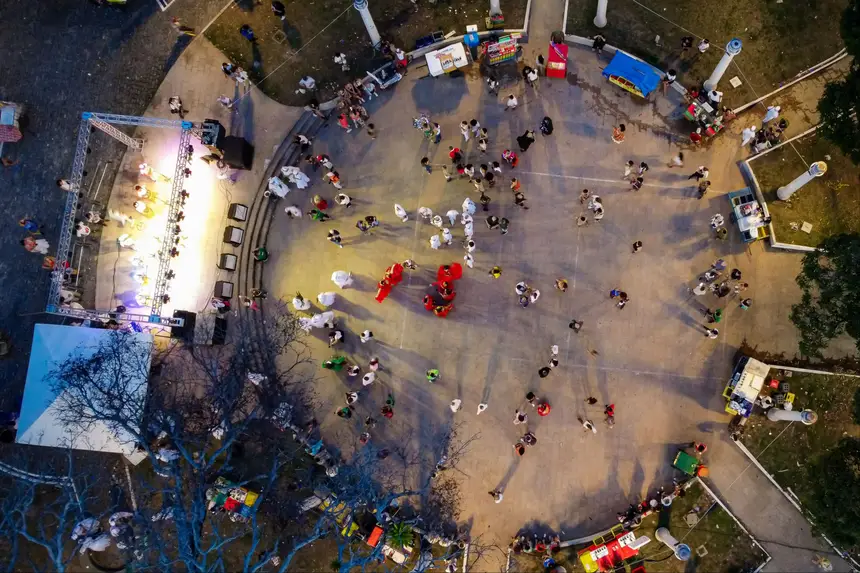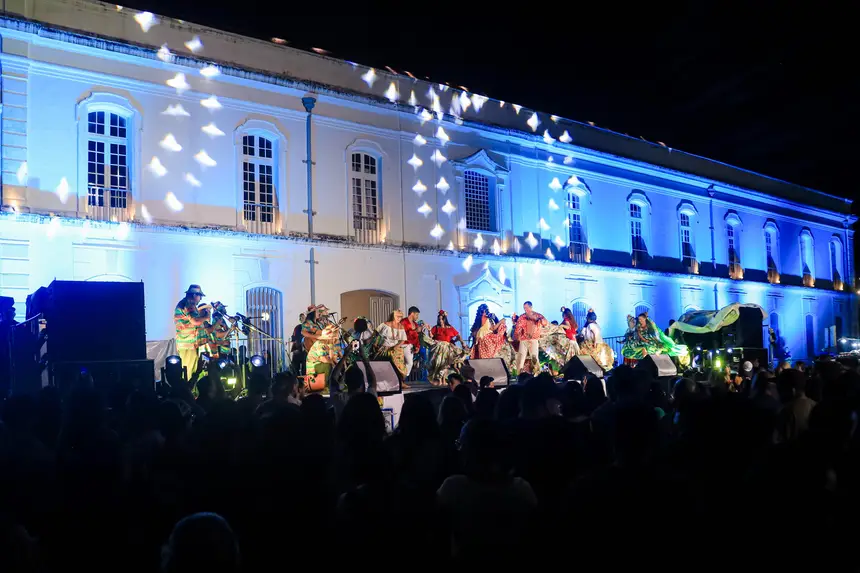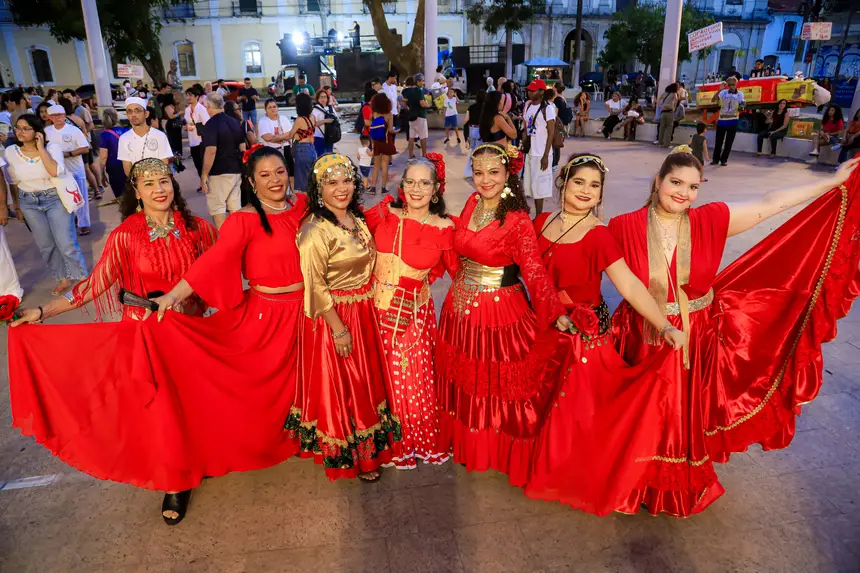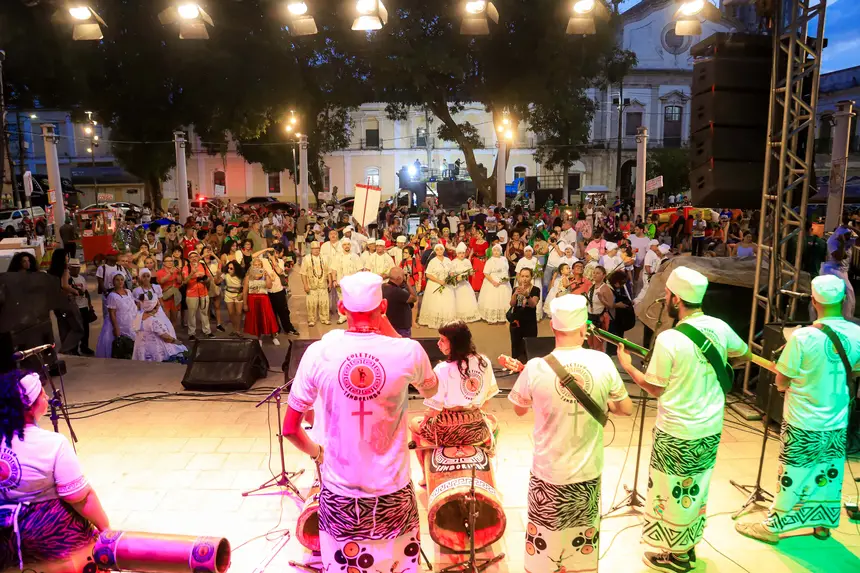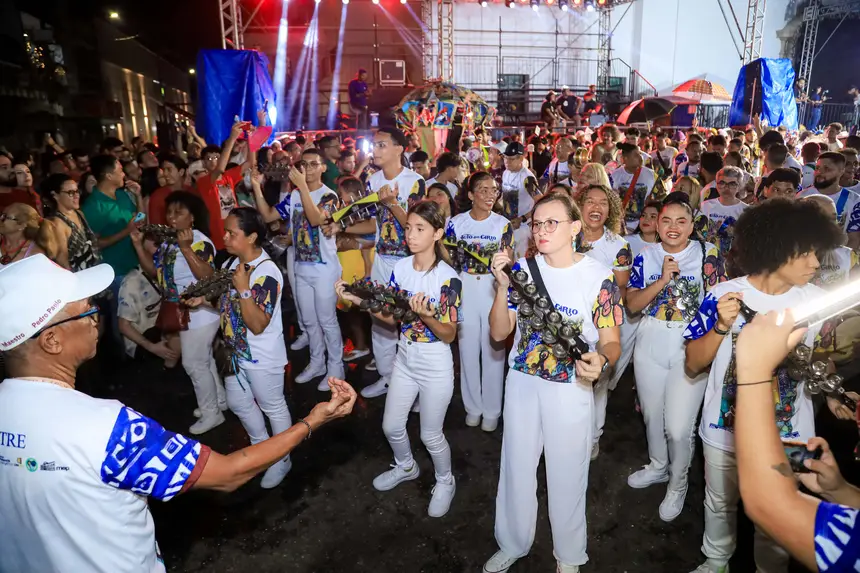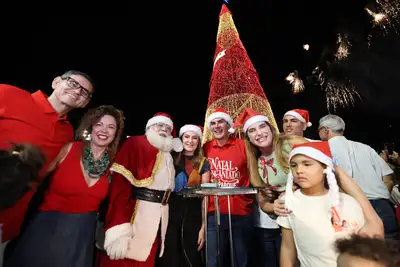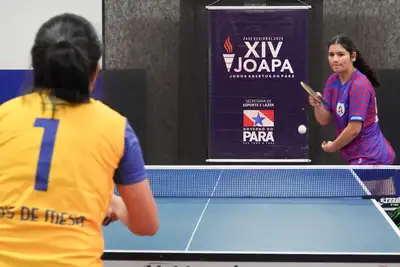Faith, art, and inclusion: Auto do Círio celebrates 32 years with the Circo da Lona Preta
The project is supported by Secult, the Public Defender's Office of Pará, and other entities to bring art closer to the homeless population
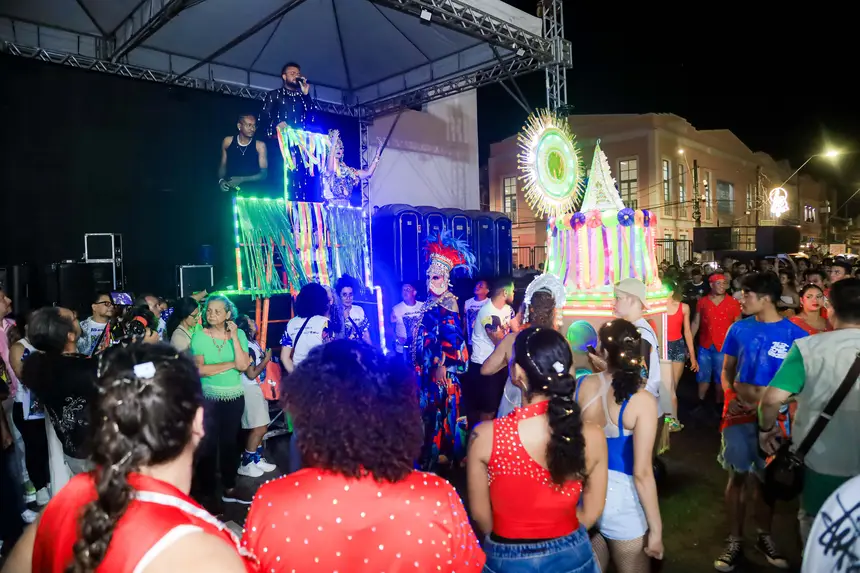
The traditional Auto do Círio occupied the streets of the historic center of Belém on the night of this Friday (10), in a celebration of culture and popular faith. In this edition, the procession celebrated 32 years of existence, with the theme "Our Lady of Nazaré, illuminate the struggles of the Peoples of the Amazon," which combines Marian faith with reflections on environmental issues. One of the novelties this year was the presentation of the Circo da Lona Preta, formed by homeless individuals, born from the project "Rua na Arte," with support from the State Department of Culture (Secult).
The initiative brings art closer to homeless people and further integrates this community into the festivities. The State Secretary of Culture, Ursula Vidal, celebrated the group's participation in this year's Auto do Círio, highlighting that the essence of the Círio de Nazaré is the gathering of different expressions and also a moment of welcome and belonging.
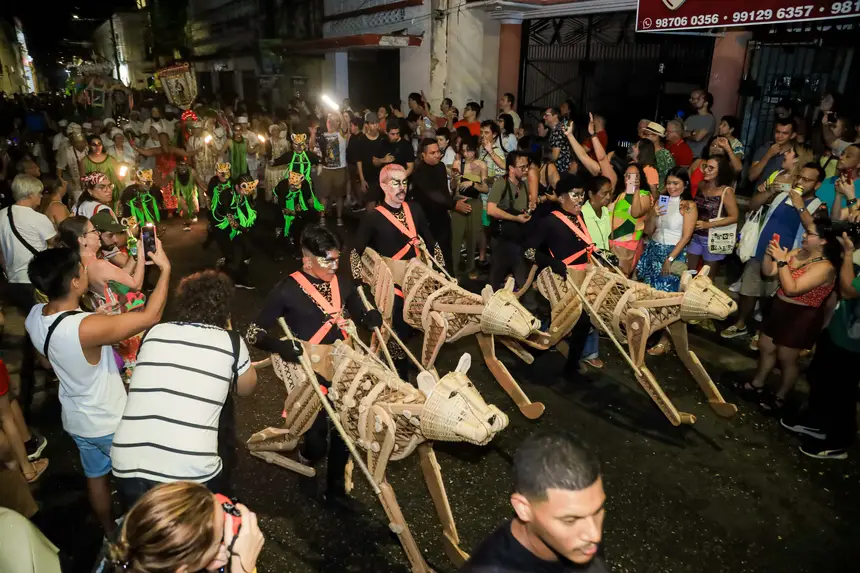
"The Circo da Lona Preta was an artistic performance prepared with great care, in a partnership between Secult, the Cultural Foundation of Pará, the Public Defender's Office of the State of Pará, and other entities and institutions that develop ongoing cultural activities to welcome the homeless population. It was an emotional moment of celebration - the group on stage receiving applause, expressing their creativity and freedom. An exercise in love and fraternity," celebrated the Secretary of Culture.
In the streets of the Cidade Velha neighborhood, where the procession passed, artists danced and sang, using different artistic languages to promote the reflection proposed by this year's theme — mixing religious symbols with other local elements. This diversity of expressions seeks to exalt one of the most significant periods of the state: the feast of Our Lady of Nazaré. The concentration began at Praça do Carmo at 5:30 PM, with departure at 7 PM, on a route that passed by historical points such as the Cathedral of Sé and the Lauro Sodré Palace, home of the Museum of the State of Pará (MEP).
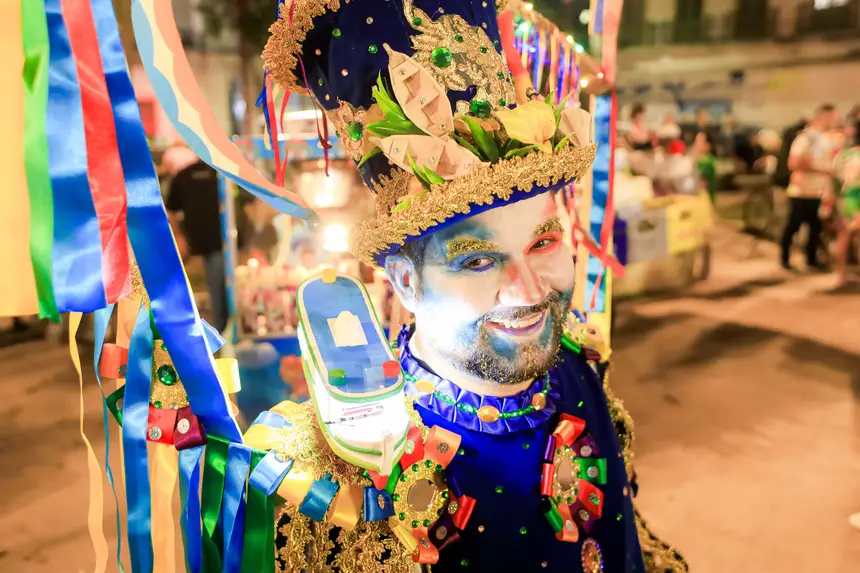
For multi-artist and drag queen Ary Filardo, who has participated in the celebration for 11 years, the Auto is a space for experimentation and freedom. He states that he returns every year to the procession, first for the love of art; then, for the prestige and affection with which they are received by the participants.
"What motivates me to return to this celebration of faith and popular culture year after year is, first and foremost, the love for art. Secondly, the appreciation for the event itself, knowing that the people who come appreciate our work. And, fundamentally, the faith, shared by all in Our Lady," stated the artist.
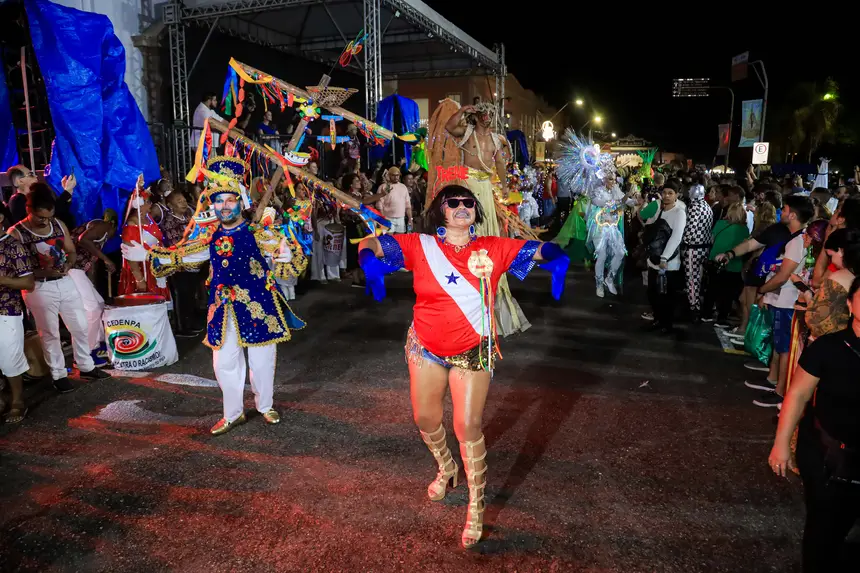
An example of this cultural mix is the clown Tilinho, spokesperson for a collective of clowns that has accompanied the Auto do Círio since the beginning. He believes that "religious, festive, and so-called profane elements benefit from laughter," which is the ultimate essence of the clown figure — whom he describes as the "priest of laughter."
His artistic journey intertwines with that of the Auto, and even without professing any faith, he remains true to the tradition of art. This is because, for the clown, art is the expression of everything that exists — including faith and religiosity. Over the years, according to him, the meaning of the festival for his life has become increasingly complex, which is why he avoids trying to explain it.
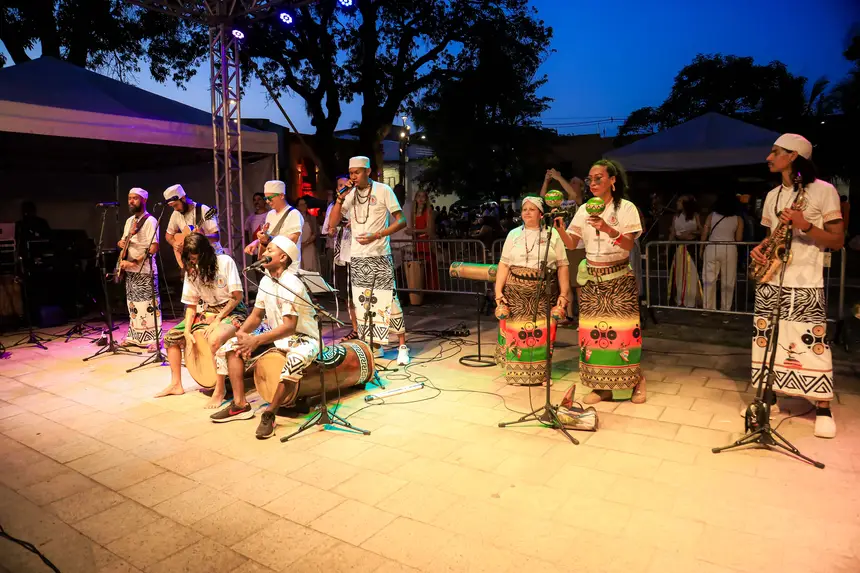
"For me, as an artist, it is the way to be close to the sacred, to that greater force that transcends human understanding, which is devotion and faith. Although I do not profess any specific religion, here, as an artist, I exercise my spirituality through art," stated Tilinho.
Text: Maycon Marte / Ascom Secult


